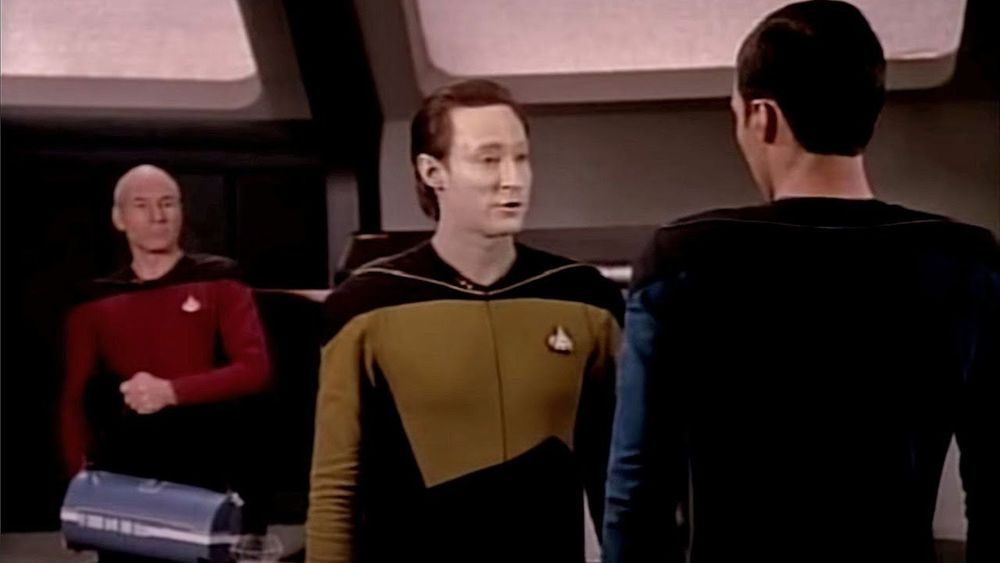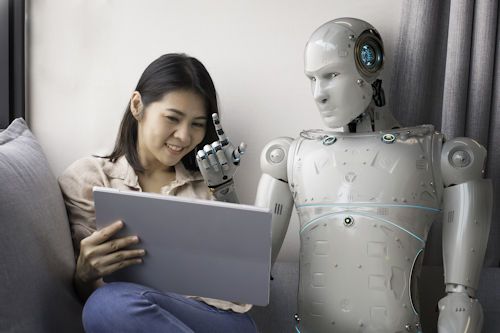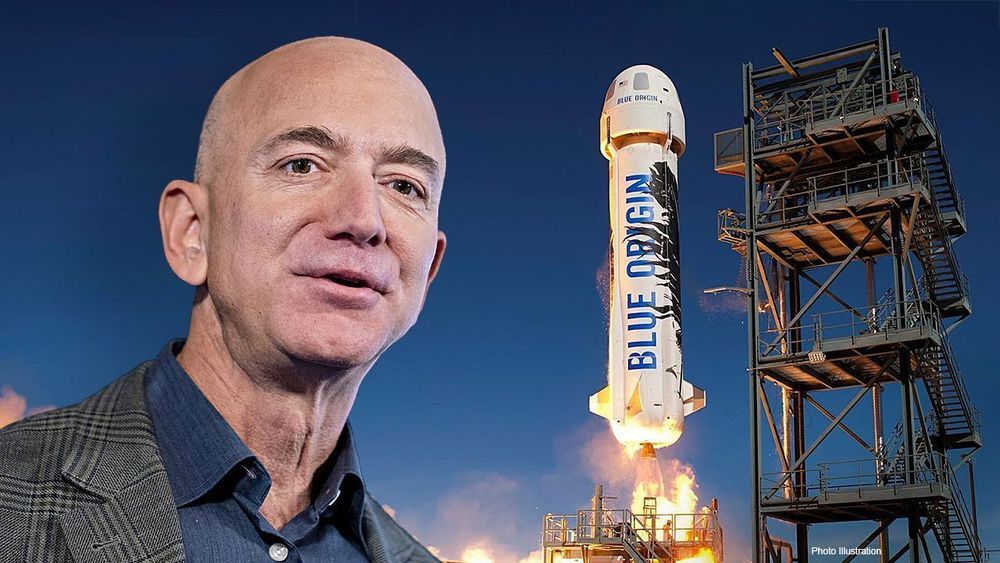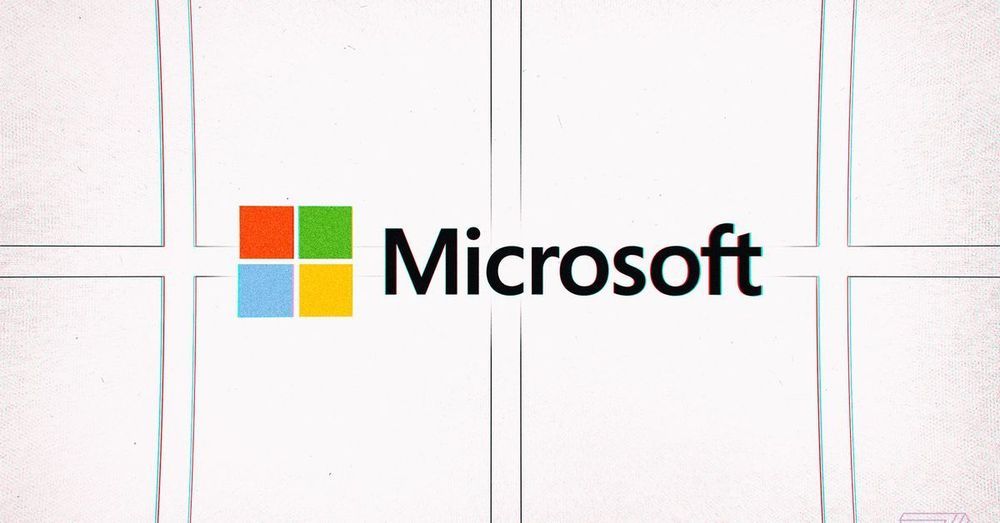Many Machine Learning and AI algorithms are centralized, with no transparency in the process. Now a blockchain-based start-up aims to improve transparency bias in business workflows.



Philosophers say now is the time to mull over what qualities should grant an artificially intelligent machine moral standing.

In a recent study of the upper atmosphere of Venus, finding the chemical fingerprint of phosphine has led to speculation that it may be tied to airborne life high in the clouds of our sister planet [1]. We harbour similar suspicion of microbial life on Mars [2], Saturn’s moon Enceledus [3], and Europa, the icy Galilean of the Jovian system [4]. The dwarf planet Ceres of the asteroid belt could be added to that list also, with recent evidence of oceanic water [5], while more exotic variations of life may exist on Titan, which is known to be teeming with organic materials [6]. Should we be more wary of our Solar System as an environment to explore, and the potential of pathogens we may encounter?
If one rewinds 500 years, to when exploration of new worlds involved sailing the oceans, the discovery of the Americas introduced viruses which decimated the native population at that time [7]. That in itself was far from a unique event in history, of course. There have been many occurrences throughout history where travel between distant lands has resulted in the introduction of devastating plagues to one population or the other — not least the Black Death, which arrived in Europe from commercial travel with Asia in the 1300s [8]. Meanwhile, 2020 has reminded us how a novel virus can prove virtually unstoppable from spreading worldwide in a matter of months and reaching pandemic level, once introduced to our now interconnected world [9].
Indeed when the first astronauts returned from the Moon in the 60s, they had to undergo weeks of quarantine as a precaution against introducing a lunar pathogen to Earth [10]. We now know the Moon to be a sterile world, but this should not give us a false sense of security when visiting and returning from other worlds, which are far more likely to harbour microbial life. It is quite plausible to consider that any microbes which have evolved to survive in the harsh environments on other worlds could multiply out of control if introduced to a more fertile environment on Earth. The likelihood of any such foreign microbes being capable of becoming infectious pathogens to our species is difficult to measure, but one could still cause problems regardless, by undermining Earth’s ecosystem in competing with native microbial life as a runaway invasive species.
Fortunately, due to the vast distances involved in inter-planetary travel, returning astronauts would likely show symptoms of infection from any dangerous pathogen long before reaching home, as such a journey would be expected to take many months, even with more advanced propulsion technology than we use in space travel today. That is not to say they could not inadvertently return with microbial life on board — or even on the exterior of craft: Earth’s tardigrades, for example, have proven quite durable in journeys into outer space [11].
Undoubtedly, finding life on any other world — even if just primitive microbial life — would be hailed as an unprecedented scientific discovery. As that potential draws nearer, any such discovery should surely be met with due caution, rather than wild excitement. While not as dramatic as an invasion of Spiders from Mars, the discovery of microbial life on other worlds could prove to be a far more sobering prospect — and pose new ethical questions of whether to leave their ecosystems preserved intact, or take the risk blending them with ours.
[1] Strange chemical in clouds of Venus defies explanation. Could it be a sign of life?
https://www.space.com/venus-clouds-possible-life-chemical-discovery.html
[2] How Martian Microbes Could Survive in the Salty Puddles of the Red Planet https://www.space.com/salt-tolerant-microbes-life-on-mars.html
[3] If There’s Life on Saturn’s Moon Enceladus, It Might Look Like This https://www.wired.com/story/if-theres-life-on-saturns-moon-enceladus-it-might-look-like-this/
[4] ‘Racing certainty’ there’s life on Europa, says leading UK space scientist
https://phys.org/news/2020-02-certainty-life-europa-mars-uk.html
[5] The dwarf planet Ceres might be home to an underground ocean of water
https://www.technologyreview.com/2020/08/11/1006447/ceres-largest-asteroid-dwarf-planet-underground-ocean-salty-water
[6] ‘Possibility of life’: scientists map Saturn’s exotic moon Titan
https://www.reuters.com/article/us-space-titan-idUSKBN1XS2H2
[7] How Europeans brought sickness to the New World
https://www.sciencemag.org/news/2015/06/how-europeans-brought-sickness-new-world
[8] The Black Death: The Greatest Catastrophe Ever
https://www.historytoday.com/archive/black-death-greatest-catastrophe-ever
[9] Coronavirus: A timeline of how the deadly COVID-19 outbreak is evolving
https://www.pharmaceutical-technology.com/news/coronavirus-a-timeline-of-how-the-deadly-outbreak-evolved/
[10] Apollo 11 Astronauts Spent 3 Weeks in Quarantine, Just in Case of Moon Plague
https://www.space.com/apollo-11-astronauts-quarantined-after-splashdown.html
[11] How do tardigrades survive in space?
https://cen.acs.org/biological-chemistry/biochemistry/tardigrades-survive-space/97/i41

I am for Ethical Robots what about you?
Every time we talk to Alexa, Siri, Google, or Cortana, we are building the brains of the robot. Human machine relationships increase and robot ethics are needed for the coming age of automation, they are simply not adequate for the nuanced capabilities and behaviors we are beginning to see in today’s devices.

According to Blue Origin, the launch is now set for Friday, Sept. 25 at 10 a.m. central time. You can watch the launch live here.
Boeing to Face Independent Ethics Probe Over Lunar Lander Bid
According to a press release, the New Shepard will fly 12 commercial payloads to space and back, including a demonstration of a lunar landing sensor that will test technologies for future missions to the Moon in support of NASA’s Artemis program.

OpenAI will still let researchers use the model.
Microsoft has expanded its ongoing partnership with San Francisco-based artificial intelligence research company OpenAI with a new exclusive license on the AI firm’s groundbreaking GPT-3 language model, an auto-generating text program that’s emerged as the most sophisticated of its kind in the industry.
The two companies are already entwined through OpenAI’s ongoing Azure cloud computing contract, with Azure being the platform on which OpenAI accesses the vast computing resources it needs to train many of its models, and a major $1 billion investment Microsoft made last year to become OpenAI’s exclusive cloud provider. Now, Microsoft is issuing yet another signal of high confidence in OpenAI’s research by acquiring the rights to GPT-3.
OpenAI released GPT-3, the third iteration of its ever-growing language model, in July, and the program and its prior iterations have helped create some of the most fascinating AI language experiments to date. It’s also inspired vigorous debate around the ethics of powerful AI programs that may be used for more nefarious purposes, with OpenAI initially refusing to publish research about the model for fear it would be misused.

Medical Ethics and “Futility” (Note: Listen here function)
We breathe about 12 to 20 times a minute, without having to think. Inhale: and air flows through the mouth and nose, into the trachea. The bronchi stem out like a wishbone, and keep branching, dividing and dividing, and finally feeding out into the tiny air sacs of alveoli. Capillaries – blood vessels thinner than hairs – twine around each alveolus. Both the air sac and the blood vessel are tiny, delicate, one cell thick: portals where blood (the atmosphere of the body) meets air (atmosphere of the world). Oxygen passes from air to blood; carbon dioxide, from blood to air. Then, the exhale pushes that carbon dioxide back out the mouth and nose. Capillaries channel newly oxygenated blood back to the heart. That oxygen fuels the body. That’s why we breathe.
Today, these basics of human respiration and metabolism feel obvious – and ventilators, the machines that breathe for sick people, do, too. We have so many medical devices, so of course we’d need, and have, machines that help us to breathe. But there’s a strange, and deeply human, story behind how we learned to breathe for each other. It starts long ago, when we didn’t understand breathing at all. When the body’s failure to breathe was incomprehensible, incurable, and fatal. When we had no way of knowing how badly we needed ventilators to keep people alive through those moments of vulnerability, lest those moments be their last.
Medical TV shows have accustomed us to the sight of doctors moving quickly to keep the sickest patients alive – but that link between hurry and success hasn’t always existed. Up to 100-odd years ago, for most of human history, when doctors had a dying patient, they rushed to do what they knew, but the patient died anyway. It doesn’t matter if you hurry or move slowly if your ‘cures’ don’t work. Ventilation, the linchpin of critical care medicine, changed that. Doctors could save some of the dying. That new technology helped bring medicine from hopes and crossed fingers to saving lives.


Discussing STEM, the future, and transhumanism with an islamic scholar / scientist.
Ira Pastor, ideaXme life sciences ambassador interviews Imam Sheikh Dr. Usama Hasan, PhD, MSc, MA, Fellow of the Royal Astronomical Society and Research Consultant at the Tony Blair Institute For Global Change.
Ira Pastor comments:
Today, on the ideaXme show we are going to segue back towards the fascinating intersection of science and spirituality.
We are joined by Imam Sheikh Dr. Usama Hasan, most recently Senior Researcher and Head of Islamic Studies at Quilliam International, a think tank and worlds first counter-extremism organization, where he was a founding advisor to the organization since 2008.
Dr. Hasan has a PhD. in Electrical Engineering from Imperial College, University of London, an MA in Theoretical Physics from the University of Cambridge, and a MSc in Mathematics from King’s College, London, and is a Fellow of the Royal Astronomical Society and former planetarium lecturer at the Royal Observatory in Greenwich.
Before joining Quilliam, Dr Hasan was a Senior Lecturer in Engineering at Middlesex University, a visiting Associate Professor at Pakistan’s National University of Sciences and Technology (NUST) and a consultant in artificial intelligence throughout UK industry.
Fluent in English, Urdu and Arabic, Dr Hasan completed memorizing the entire Qur’an by the age of 11. He has served as a part-time imam since his teens and is a certified transmitter of the Qur’an and Hadith scriptures and has translated a number of Islamic texts into English, including The Islamic Foundation’s “Way of the Prophet”.

A pioneer in Emotion AI, Rana el Kaliouby, Ph.D., is on a mission to humanize technology before it dehumanizes us.
At LiveWorx 2020, Rana joined us to share insights from years of research and collaboration with MIT’s Advanced Vehicle Technology group.
Part demo and part presentation, Rana breaks down the facial patterns that cameras can pick up from a tired or rested driver, and observations from the first ever large-scale study looking at driver behavior over time.
Learn how these inferences can be used to change the driving experience ➡️ https://archive.liveworx.com/sessions/artificial-emotional-intelligence-emotion-ai-what-it-is-and-why-it-matters
Today’s devices work hand-in-hand with humans –at work, home, school and play. Dr. Rana el Kaliouby believes they can do much more. An expert in artificial emotional intelligence, or “Emotion AI,” Dr. el Kaliouby explores the valuable applications of humanized technology in media and advertising, gaming, automotive, robotics, health, education and more. She explains how machine learning works, explores the potential for the development of emotion chips, and addresses the ethics and privacy issues of Emotion AI. In her talks, Dr. el Kaliouby gives participants an inside look at the world’s largest emotion data repositoryresults from her research studying more than 5 million faces around the world, and reveals that the emoji mindset may soon be a thing of the past.